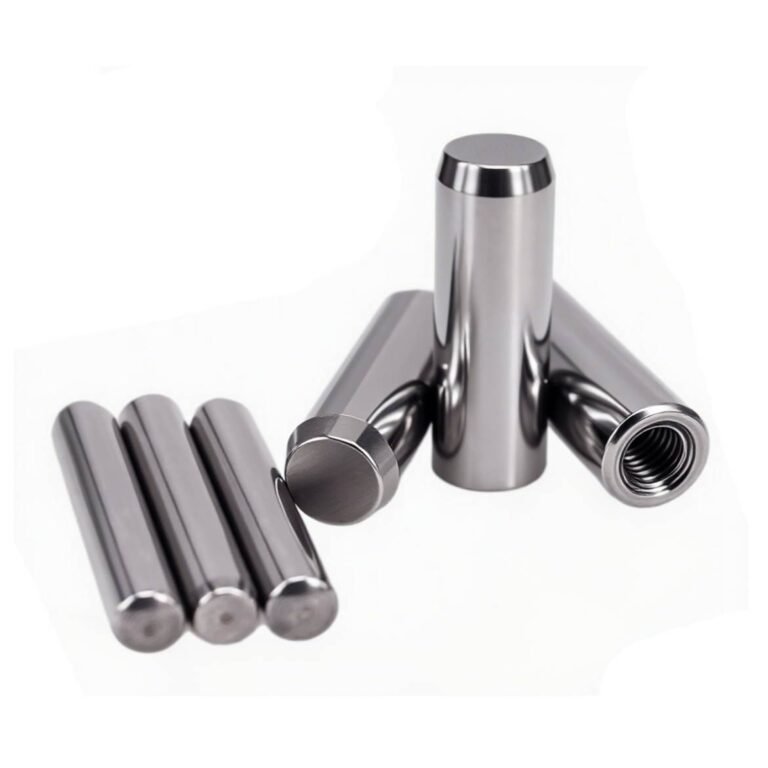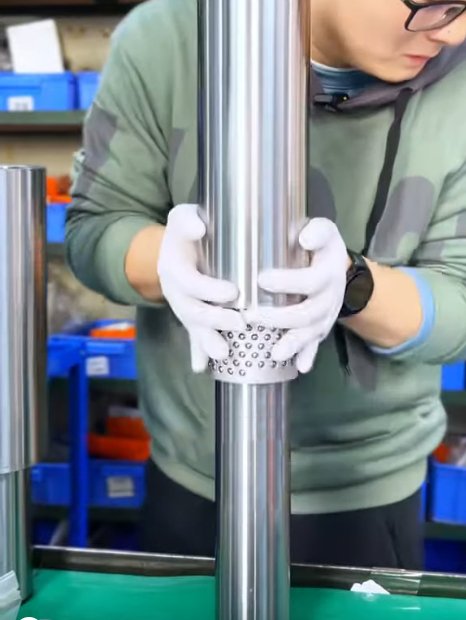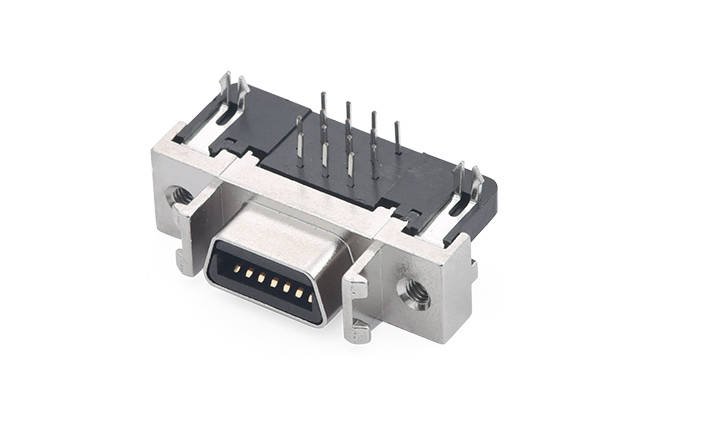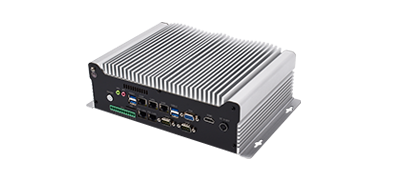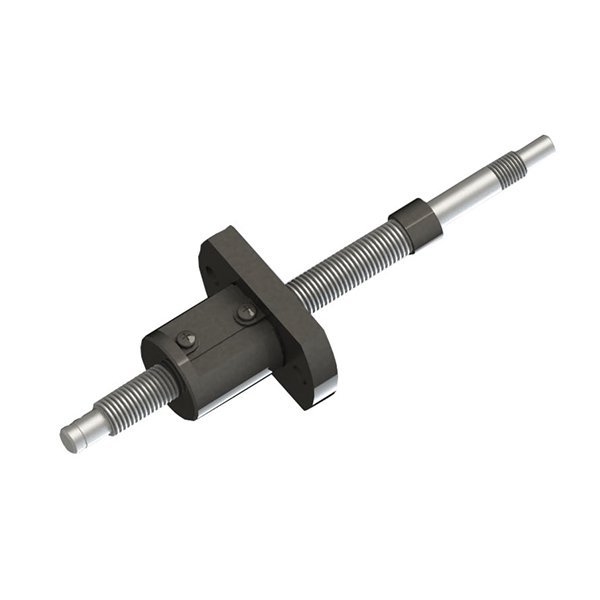In the selection of pillow block bearings, rotational speed is one of the most critical parameters. Speed not only affects lubrication conditions and temperature rise but also directly determines the type of bearing, cage structure, and lubrication method to be used. Proper evaluation of the working environment at high, medium, or low speeds is essential to ensure operational stability and achieve the expected service life.
1. Bearing Structure Depends on Speed
The higher the rotational speed, the greater the demand for concentricity and precision of the inner and outer rings. Standard pillow block units such as UCP, UCFL, and UCT are typically designed for low- to medium-speed applications. If the operating speed exceeds the bearing’s limit, overheating, lubrication failure, or premature wear may occur.
For high-speed applications, it is recommended to:
- Use bearing inserts with higher speed ratings (e.g., high-precision deep groove ball bearings).
- Consider special housing structures such as tight-fit housings, high-performance seals, or reinforced cages designed for high rotational accuracy.
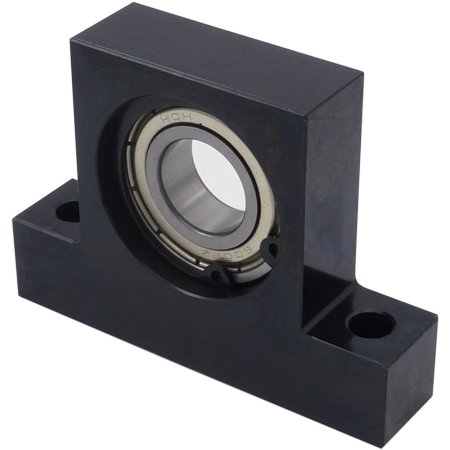
2. Lubrication is Closely Related to Speed
Increasing speed significantly influences the formation and stability of the lubricant film.
- Medium-speed operation: grease lubrication is generally suitable, provided the grease offers good shear stability and high-temperature resistance.
- Near-limit speed operation: oil lubrication systems should be considered to reduce frictional heat and improve cooling efficiency.
Most pillow block bearings rely on sealed grease lubrication. At excessive speeds, grease dispersion and leakage may lead to dry running. In such cases:
- Regular relubrication is essential.
- Low-viscosity and high-temperature resistant greases should be selected.
3. Balancing Speed, Service Life, and Safety
At high rotational speeds, bearing life may be shortened due to rolling element fatigue, lubricant degradation, or excessive heat generation. Therefore, during selection it is necessary to:
- Compare actual operating speeds with the rated speed and life curve.
- Apply an appropriate safety factor and design margin to avoid running at the limit speed.
- Ensure the housing structure provides good vibration resistance and dynamic balance, as resonance may occur at high speeds.
- Select sealing solutions carefully: at high speed, low-friction or non-contact seals are preferable to minimize wear.
Conclusion
Speed is one of the most influential factors in pillow block bearing selection. It determines not only the bearing structure and lubrication method but also the overall reliability and service life. When selecting pillow block bearings, it is essential to identify the actual speed range of the application and match it with the bearing’s speed limit, lubrication capacity, and thermal stability. This ensures that the bearing operates with high efficiency, low loss, and long-term reliability.
This article is a technical overview compiled by GUNRI Automation Parts Factory as part of our knowledge series on pillow block bearings. We aim to help engineers and industry users better understand product selection and find high-quality solutions that meet their operational needs. For further technical support or product consultation, please feel free to contact GUNRI.

